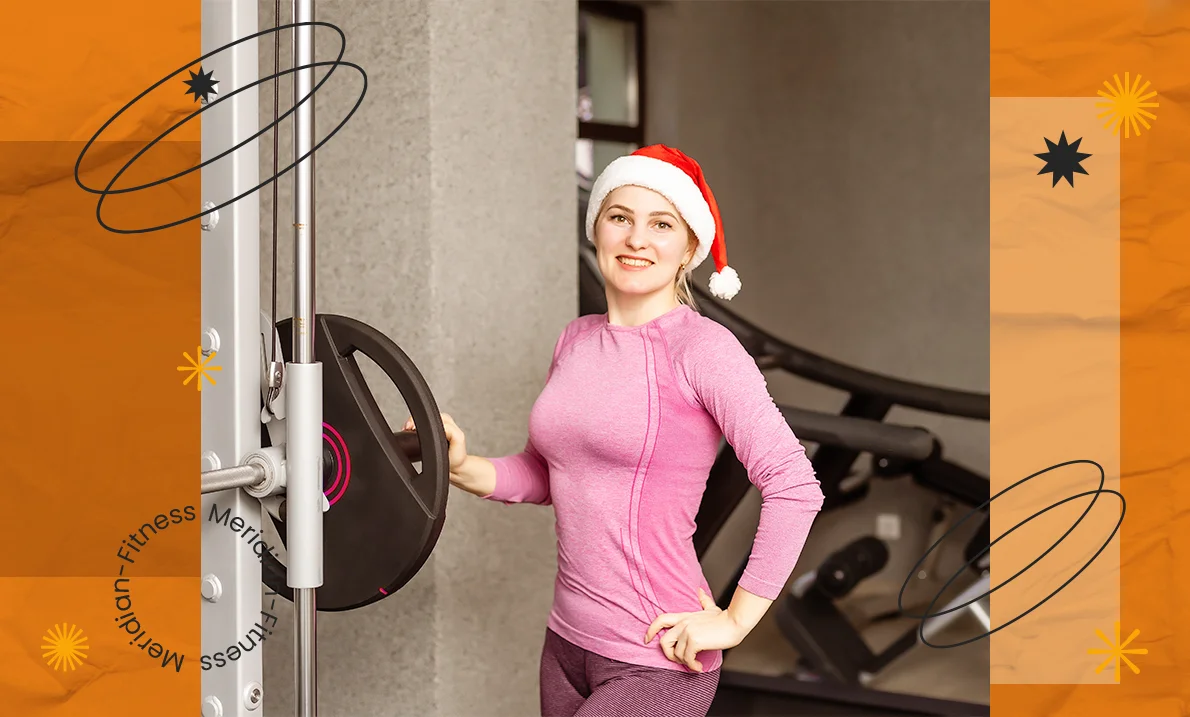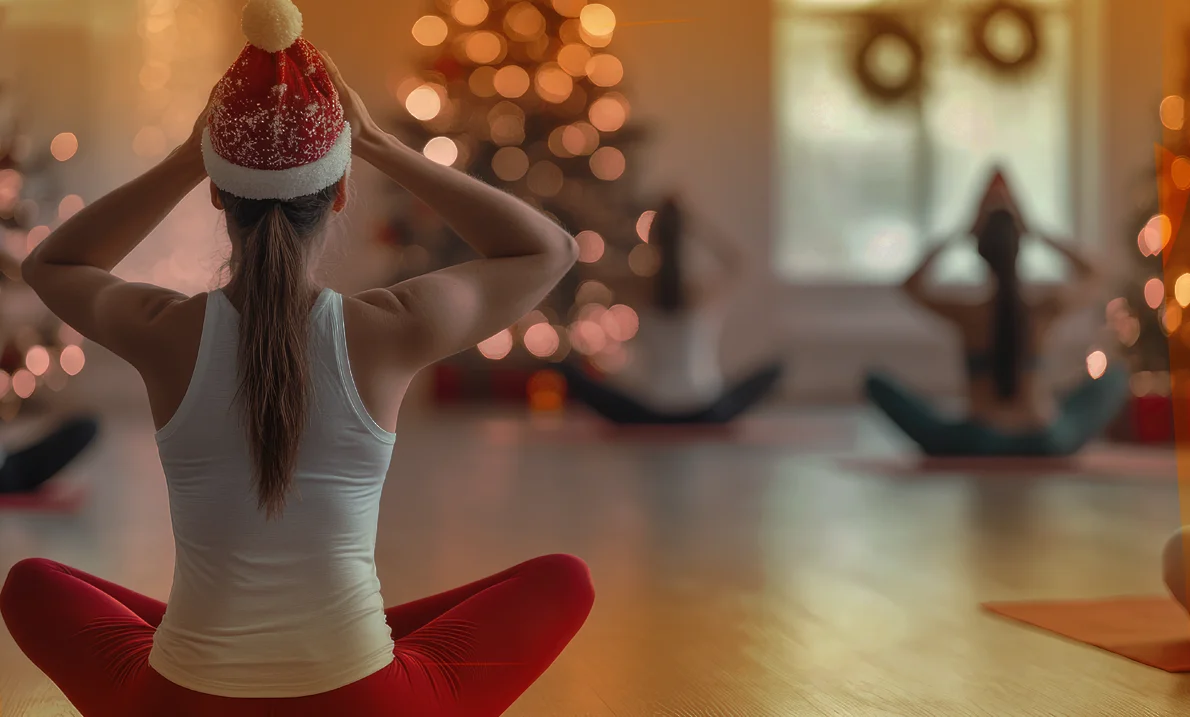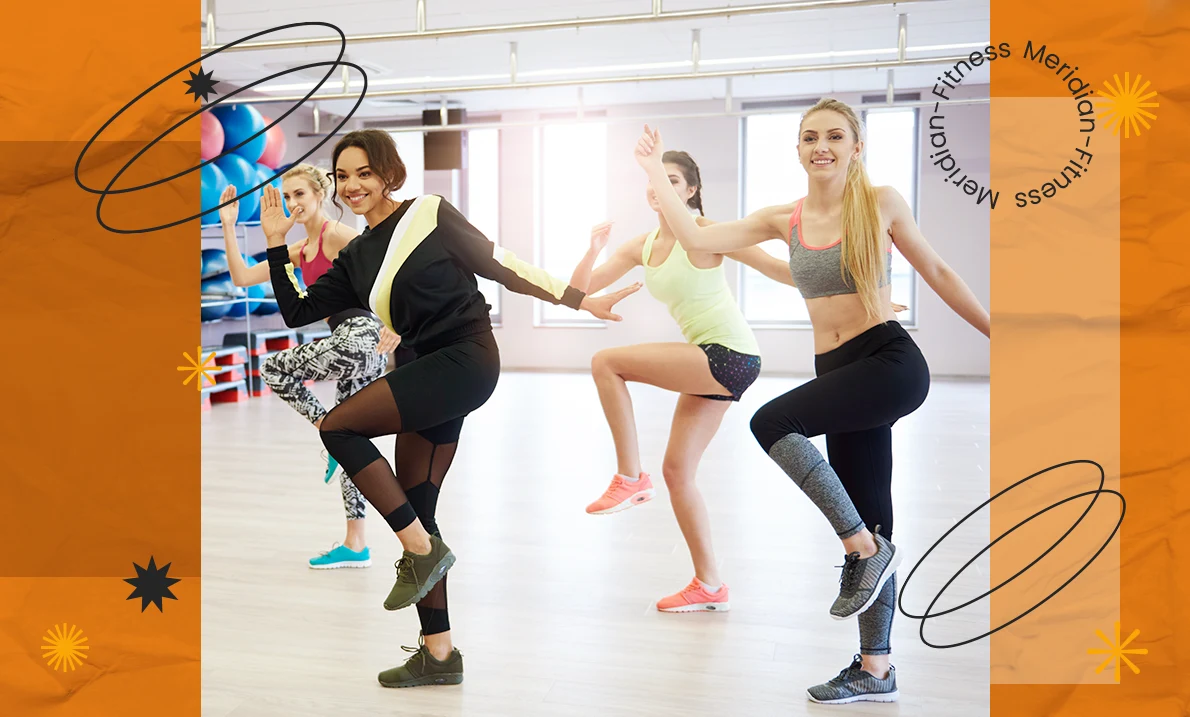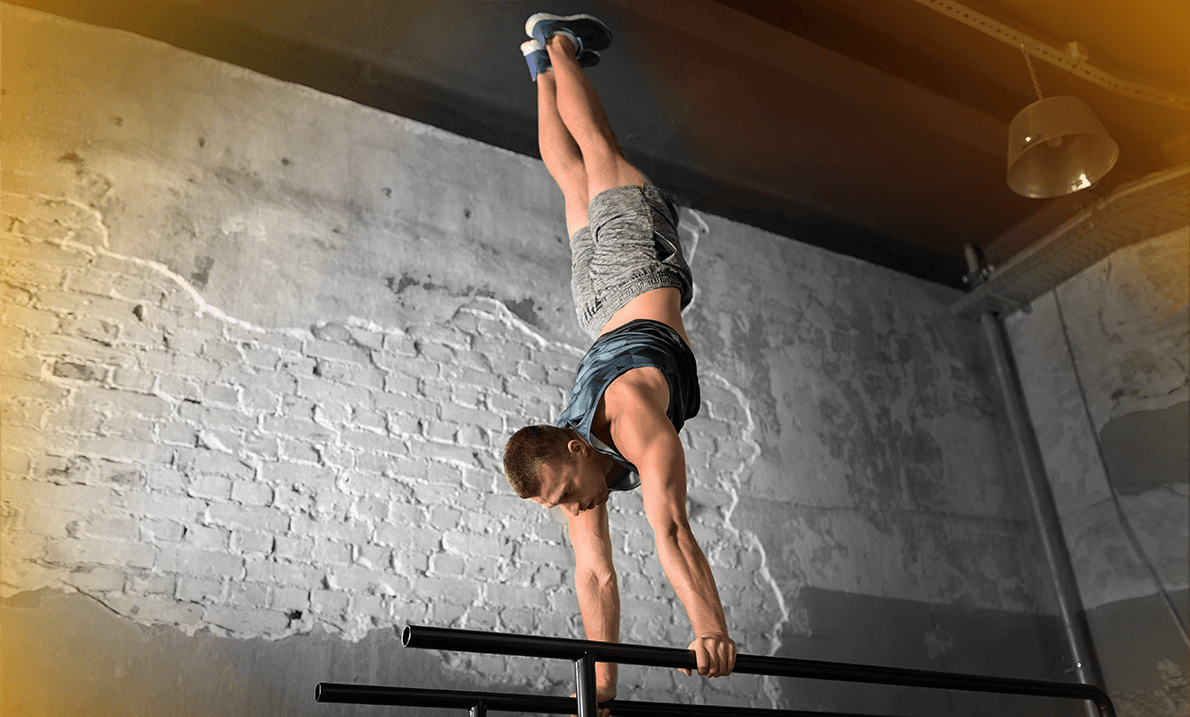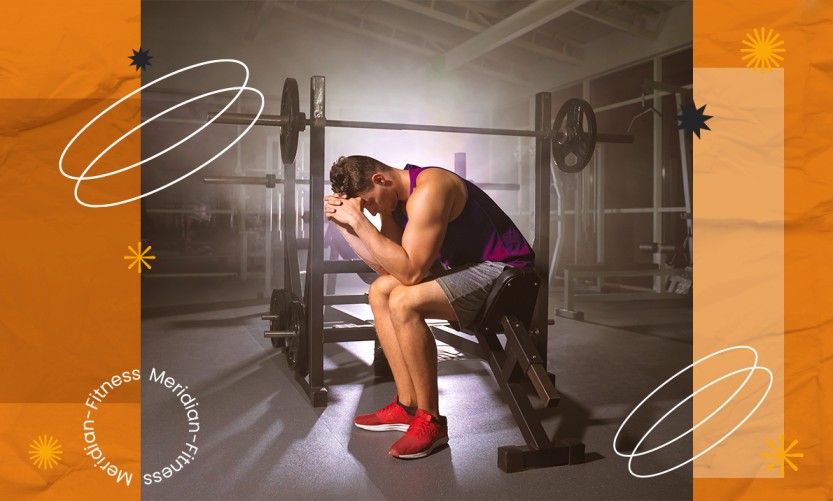People in Greenwich are busy. Some are running between meetings. Others are juggling childcare. Many just want to stay fit without injury. There’s a lot going on. But one thing is true for everyone: a strong core is essential. Not just to look good, but to move better, breathe easier, and feel more balanced.
That’s where Pilates comes in.
Let’s be real. Most workouts are loud, fast, and sweaty. While they burn calories, they often miss the most vital part of your body, the core. Pilates workout is different, quiet, controlled, and deceptively powerful. It targets the deep muscles in your belly, back, and hips that support every move you make. Your core fires up whether you’re reaching for a cup or tying your shoes.
If you’re in Greenwich and want to move better, feel stronger, and avoid pain, this blog unpacks the science of Pilates and why it’s one of the smartest ways to train your core.
WHAT IS PILATES, AND WHERE DID IT COME FROM?
Pilates was created by a man named Joseph Pilates in the early 1900s. He believed that many health problems came from weak or unbalanced bodies.
So, he developed a method that builds strength, flexibility, and control, starting from the core.
It’s not like regular workouts. You won’t be lifting heavy weights or jogging on the spot. Instead, you lie on a mat or use special equipment like the Reformer. Movements are slow, controlled, and deliberate.
Every breath and every motion has a purpose. And all of it begins from one place: your centre.
That centre is your core.
WHAT IS THE CORE?
Most people think the core means abs. But it’s much more than that.
Your core is like a band wrapping around your entire midsection. It includes:
- Abdominals – the front of your belly
- Obliques – the sides of your waist
- Transverse abdominis – the deepest abdominal layer
- Pelvic floor – the base of your core
- Multifidus – small muscles that run along your spine
- Diaphragm – the breathing muscle just beneath your lungs
Together, these muscles help you sit, stand, breathe, and move. They support your spine. They stabilise your posture. They keep you balanced and energised.
When your core is weak, you feel off, tired, sore, and unsteady.
Pilates is built to strengthen all of these muscles, not just the ones you can see in the mirror, but the deep ones doing the real work inside.
WHY DOES CORE STRENGTH MATTER SO MUCH?
When your core is strong:
- You stand taller.
- You tire less quickly.
- Your back feels supported.
- You move more freely.
- You’re less likely to get injured.
Core strength is like the foundation of a house. When it’s solid, everything else holds up better. But when it’s weak, things start to crumble.
That’s why training your core isn’t just for athletes. It’s for parents lifting toddlers, teachers standing all day, office workers at their desks, grandparents keeping up with grandkids, and dancers and runners pushing their limits.
It’s for everyone who wants to move through life with strength and ease.
PILATES TRAINS THE CORE IN A SMARTER WAY
Most workouts target the big, visible muscles, the chest, arms, and thighs.
But they often skip over the deep core.
Pilates is different. It works from the inside out.
Every move is designed to activate your transverse abdominis, the deepest core muscle.
Think of it like a built-in corset, wrapping around your midsection to support your spine.
In fact, studies show that regular Pilates practice increases core activation, especially in the transverse abdominis and pelvic floor muscles.
So, you’re not just toning your body.
You’re teaching it how to support itself, more efficiently, more safely, and more powerfully.
THE SCIENCE BEHIND THE CORE STRENGTH
Science is finally backing what Pilates instructors have said for years.
In one study, participants who did Pilates just twice a week for eight weeks increased their core strength by 21%.
The same group also showed improvements in posture and flexibility, two key factors in reducing everyday aches and pains.
Another study confirmed that Pilates enhances spinal alignment, core endurance, and neuromuscular control, the way your brain and muscles work together.
In simpler terms?
Pilates helps your body move better, feel stronger, and hurt less.
WHY PILATES IS SAFE(EVEN IF YOU ARE NOT FIT YET)
One of the best things about Pilates? It’s low-impact.
No jumping. No pounding. No stress on your joints.
So if you’ve got bad knees, a sore back, or you’re just getting started, Pilates meets you exactly where you are.
You can go slow. You can adjust. The movements are gentle, but deeply effective.
That’s why Pilates is often used in rehabilitation settings.
Physical therapists use it to help people recover from injuries, rebuild strength, and regain control.
It’s also ideal for people who sit all day, which, let’s be honest, is most of us.
HOW BREATHING HELPS BUILD STRENGTH
Breathing is at the heart of Pilates. Each movement flows with your breath. You inhale to anchor. You exhale to activate.
But it’s not just about taking in air. Breathing in Pilates trains your diaphragm, a dome-shaped muscle that supports your core. It helps engage your deep belly muscles and the pelvic floor.
One study found that Pilates-style breathing boosts core stability and lung health. So you’re building strength, just by breathing with intention.
PILATES HELPS WITH PAIN AND POSTURE
A weak core leads to poor posture, and that spells pain in your back, neck, and shoulders.
Pilates gently retrains your muscles to hold your spine where it’s meant to be. Over time, you start sitting taller and standing stronger. Your shoulders soften. Your neck feels longer. Lighter.
A study says that 80% of adults will deal with back pain at some point. But core training, like Pilates, can help stop those aches before they start.
“Pretty powerful stuff, for something that looks so gentle.
IT BUILDS MENTAL STRENGTH, TOO
Pilates doesn’t just train your body, it sharpens your mind.
You focus. You stay present. You feel each move from the inside out.
That’s how you build mind-body awareness.
You learn how your body works, and start moving with purpose.
That awareness stays with you, whether you’re lifting groceries or just walking down the street.
Many say Pilates leaves them calmer, thanks to the breathing, the focus, the control.
It all adds up to less stress. A clearer head. And a better day.
YOU DO NOT NEED FANCY GEARS
To start Pilates, all you really need is a mat, and a good instructor.
Some classes use props, rings, balls, bands. But you don’t need any of that to begin.
Join a studio with equipment like the Reformer, Cadillac, or Chair, and you’ll unlock even more ways to train your core.
Mat or machine, the goal stays the same: control through the core.
FINAL THOUGHTS
Pilates isn’t just another fitness class. It’s a full-body method, rooted in science, built for all ages, and focused on what really matters: your core.
When your core is strong, everything improves. You move better. Feel less pain. Stand taller. Breathe deeper. And most of all, you feel more in control.
In a world full of fast workouts, Pilates slows things down. It helps you build a foundation that lasts. Whether you’re 26 or 62, beginner or athlete, Pilates could be the smart choice your body’s been waiting for.
Want to feel stronger from the inside out?
Live in Greenwich? Looking to build real core strength in a safe, expert-led space? Meridian Fitness is the place for you. And don’t worry, our Pilates classes don’t cost much.
New to Pilates, or ready to go deeper? Our Pilates classes help you move better, feel stronger, and live pain-free.

